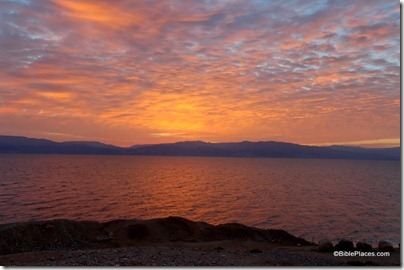A miniature prayer box from the 6th-7th centuries was discovered recently in the excavations in the Central Valley south of the Dung Gate of Jerusalem.
Haaretz: “The High Court of Justice yesterday criticized the agreement by which a private association, Elad, operates the City of David national park in Jerusalem, but said the agreement was legal.” One potential change to the agreement would open the site to tourists on Shabbat. The Jerusalem Post covers the story here.
A local watchman of the lower Herodium sued archaeologist Ehud Netzer days before his death.
Recent court proceedings rejected all of the plaintiff’s claims and observed that the watchman had been extorting the archaeologist for years. The article is in Hebrew, with a Google translation here.
China will help build a railway to Eilat. Israeli officials hope that this boosts tourism to the Red Sea resort city.
Time Magazine gives five reasons to visit Beirut.
“The largest collection of biblical artifacts ever displayed outside Israel” opened yesterday in New York City.
Shmuel Browns gives readers a tour of the four sites run by the East Jerusalem Development Company: Ramparts Walk, Roman Plaza, Zedekiah’s Cave, and the Davidson Archaeological Park.
Joe Yudin recommends hiking to Ein Akev in the Negev Highlands. (Am I the only one offended that the Jerusalem Post publishes material with very basic mistakes in English grammar?)
Peter Williams’ lecture on “New Evidences the Gospels Were Based on Eyewitness Accounts” primarily discusses data from recent studies of names, but he also includes a geographical section in minutes 36-42 of this Lanier Library Lecture now posted at Youtube. (He shares a photo from BiblePlaces.com, but by using a low-res web version his viewers have a hard time making out what he’s trying to show.)
HT: Joseph Lauer, Yitzhak Sapir, A.D. Riddle
